|
Although we are used to seeing lots of shamrocks and assorted green things in honor of St. Patrick during the month of March, there’s another special day in this month we should keep in mind as well. March 19 is the Solemnity of St. Joseph, spouse of the Blessed Virgin Mary. In many parts of the world, this is a big feast day, marked by special foods and by setting up a St. Joseph’s Altar. This day is remembered especially as a day to thank God for the intercession of St. Joseph.
The tradition of setting up an altar honoring St. Joseph began in Sicily, Italy, and was brought to the United States by Italian immigrants in the late 1880s. As the story goes, a severe famine hit Sicily in the Middle Ages (likely causing one of the “megafamines” Europe suffered) and the crops were in danger of failing. The farmers and families prayed to St. Joseph for his help, and were filled with gratitude when the rains came. They attributed the help to their patron saint, and at harvest time erected a large altar in his honor. On the altar they placed fruits, veggies, baked goods and lots of fava beans – the beans that had sustained them during the lean months until harvest. In recognition of St. Joseph’s humble life, the families invited everyone, especially the poor, to come to the feast. Everyone was invited, and everyone could participate in the abundance. Today, many churches and Italian communities still erect an altar to St. Joseph, and over time specific foods have become traditional to place on the altar. The custom of remembering the poor has also become an aspect of the altar. Many of the altars are elaborate and the foods can be quite involved to make, but don’t let that stop you from setting up an altar in your own home! We are aiming for participation, not perfection. With a few adaptations, every family can join in the celebration. Below, you can see the altar I set up in our house. A quick trip to the grocery store, plus a tour around my house for plates and linens, and I was done. I used our Family Prayer Space to set it all up. There are just a few things to keep in mind in when setting up a St. Joseph’s Altar. Below are close – up pictures and an explanation of how we did it. 1. Give Our Best: In keeping with all things sacred, we always try to give our best. That means I got out the nice china and Easter linens to use. There’s no need to buy anything “good,” of course, but this is a great time to get out those fancy items usually tucked away for “one day.” That day has come! 2. Showcase the Trinity: The altar should be 3 levels. This is a physical representation of the Trinity, who listened to the intercession of St. Joseph and came to the aid of the farmers. It reminds us that the saints are fully united to the Trinity, and always carry out the best for us. It also reminds us that the Trinity is under and behind everything, even though we only see the people and things on the top, the surface level. 3. Honor St. Joseph: Place a statue of St. Joseph on the top level. After all, this is his day. The folks at Holyart.com sent me this lovely statue of St. Joseph to preview. It features St. Joseph, with his carpentry tools, inside a wooden niche with swinging, hinged doors. I had this statue sitting out on my kitchen bench and 2 of my boys picked it up. They were fascinated with the doors and St. Joseph hidden inside, and it led to a great conversation about St Joseph’s “hidden” life, and how little is recorded of him. Yet, in spite of this, what an enormous role he played in the life of Christ and salvation history. The statue proved to be a wonderful conversation starter about what it means to be a man of God. - The statue is handcarved by Italian woodworkers from a company called Pema. (Pema.it). My boys loved the idea that woodworkers today made this image of St. Joseph, also a woodworker. It made St. Joseph seem more real, like there was a connection to him through the work of hands. They looked at the tools St. Joseph is holding – a square and a plane- and thought about how those same tools created the statue they were holding. - This particular statue is a bit more expensive than I would normally spend on a statue, but the detailing and high quality craftsmanship make it worthwhile. This is a holy item that I can keep as a family keepsake, and perhaps even see it in use on St. Joseph altars in future generations. (though not for a while!)
4. The Food! There are some food items that are almost always seen on St. Joseph altars.
Fruits and Veggies: Put an assortment of veggies and fruits on your altar. I used what I had in my fridge. Pastries: As I mentioned above, some of the baked good items are traditional. A delicious cream filled pastry called a zeppole features prominently. It looks amazing, but I am not that mom. I hope to be that grandmother. Instead of baking these myself, I went to the bakery at my grocery store and bought a few individual cream themed pastries. Another traditional cookie for the altar is called a pizzelle. It is created using a special type of waffle iron. Again, I picked up a container of these at the grocery store in the cookie aisle. I also added some mini cupcakes, just for fun. Figs: Figs are plentiful in Italy, and so generally appear on the St. Josephs altar. I do not like to waste food, even for these teaching moments, so instead of the fruit I bought a couple of types of Fig Newton – like cookies.
Bread Crumbs: These symbolize the sawdust found in St. Joseph’s workroom. I used the Italian seasoned breadcrumbs, of course.
Wine: a bottle of red wine is appropriate, as a reminder of the joy and happiness of the occasion. It’s also a good reminder of the red wine used at Mass, and Jesus’ first miracle at the wedding at Cana, which took place at another festival as well. Bread: some nice bread is also usually on the atlar. I picked up a tasty assortment of bread rolls at the bakery. Beans: Fava beans were originally used on the altar, and are still widely used today. However, I substituted them for great northern beans, as they were not available at my grocery store. 5. What else? Candles: Especially a candle of the Sacred Heart, if you have it, reminding us of St. Joseph’s years of caring for Jesus. A rosary: because after all, this commemorates an answer to prayer and Mary is always close to Joseph. Crosses: I placed a couple of small crosses on our altar, to remind us that it is through the sacrifice of our Lord that we receive the blessings of God. A CRS Rice Bowl: we also want to remember that the story of the altar emphasizes that the graces and abundance of God are to be shared with everyone. Since my parish participates in the CRS Rice Bowl during Lent, I added it to our altar as a reminder to include the poor in this celebration.
Once everything was all set, we held our own Prayer Service. (see below to download our Family Prayer Service)
All told, my grocery bill came to $20.26 to create our St. Joseph Altar. As I said, I used mostly what I had in the house already, which I think is a fitting tribute to the life of the Holy Family, anyway. Remember, participation, not perfection! My kids, having never experienced a St. Joseph’s altar before, absolutely loved it. It was a fantastic way to remind ourselves of the the life of St. Joseph, learn more about another culture, participate in the liturgical calendar, and of course, enjoy some really yummy treats. I think this is destined to become a new family tradition.
0 Comments
Leave a Reply. |
The BlogDisclaimer:
The images on this website are either my own or are used under the Creative Commons license. No images have been edited, shared, or adapted. A link to each work that I do not own is provided at the bottom of the page. CC License: Archives
March 2024
Categories
All
|
||||||

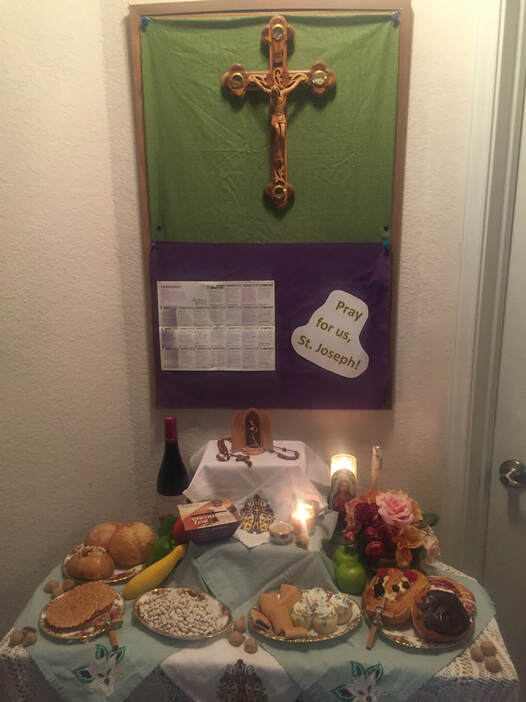
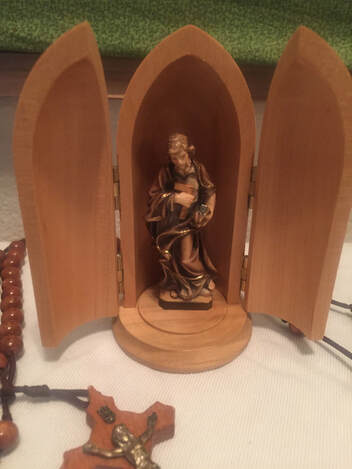
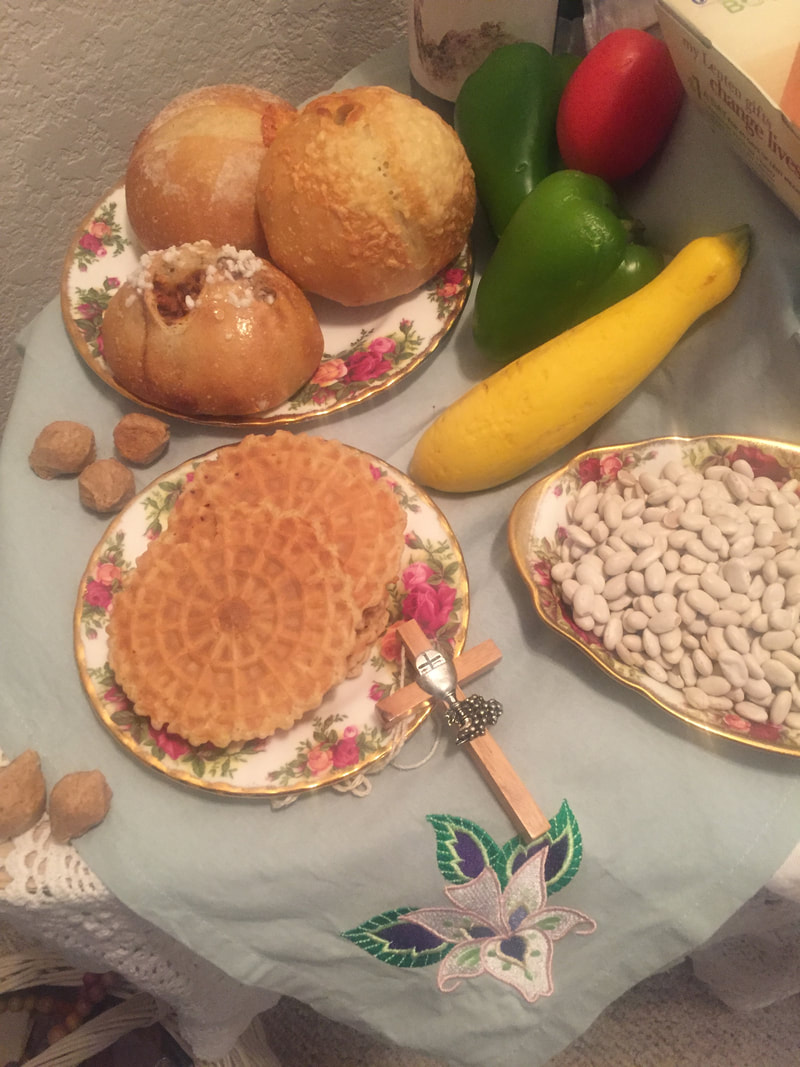

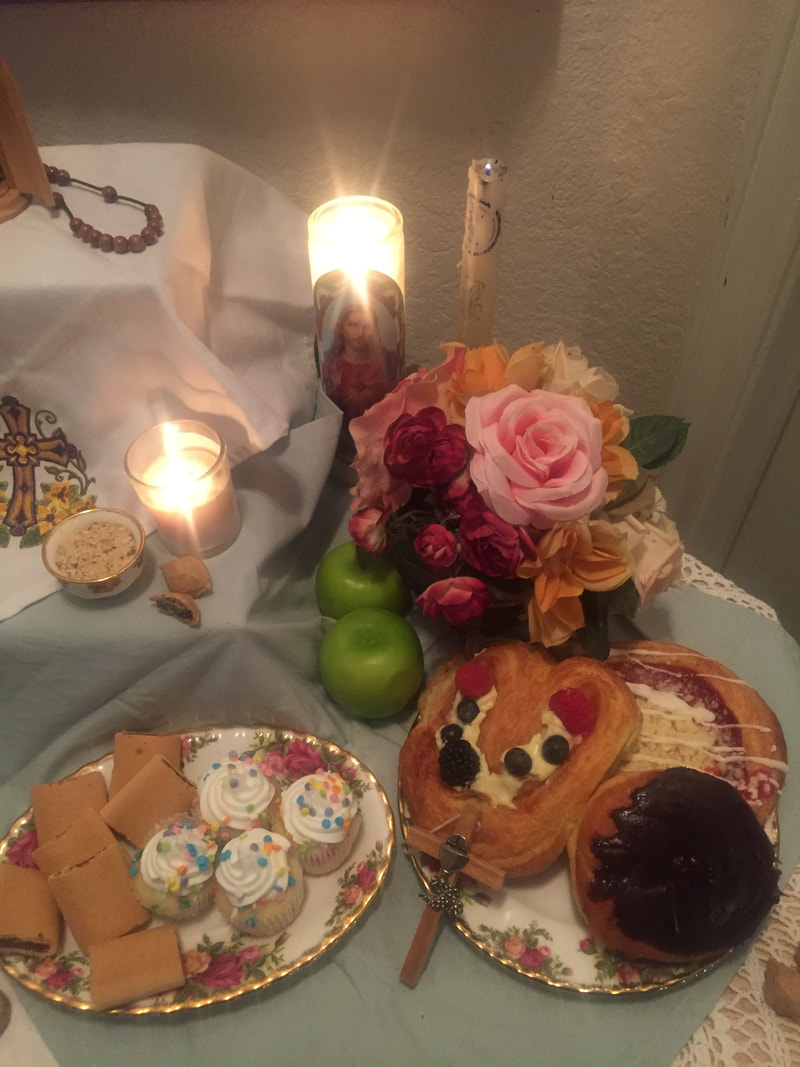
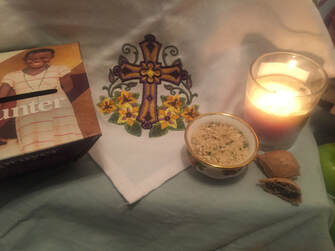
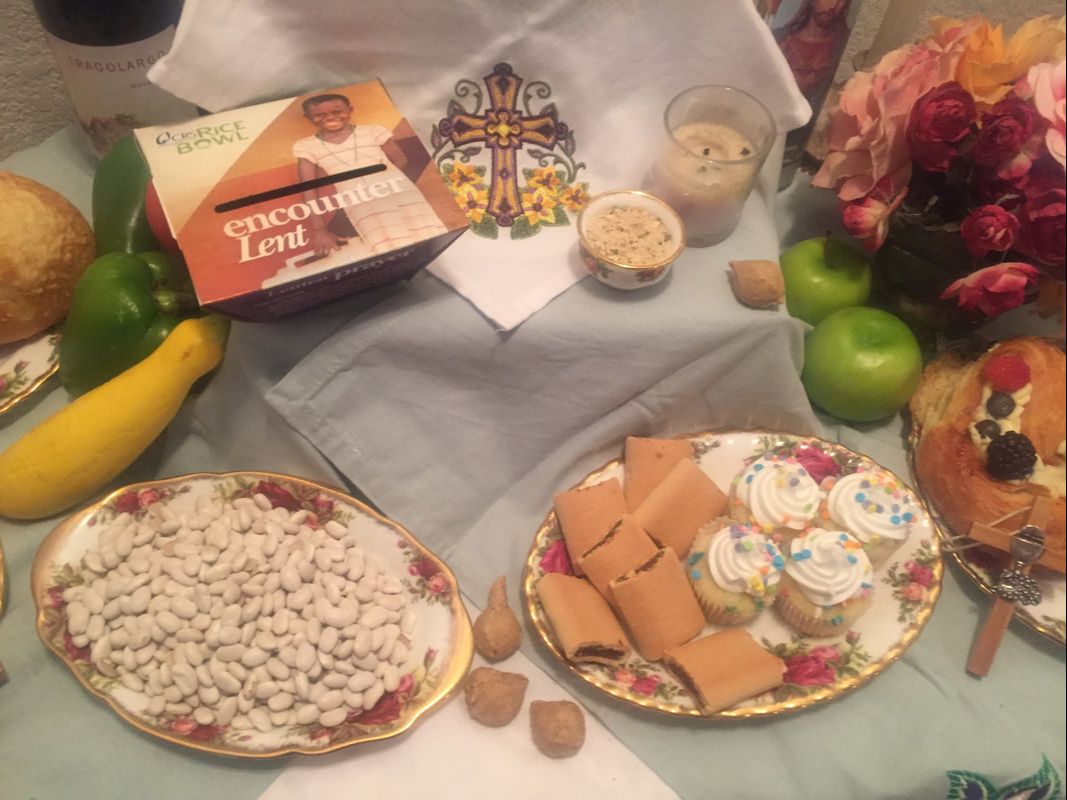


 RSS Feed
RSS Feed
